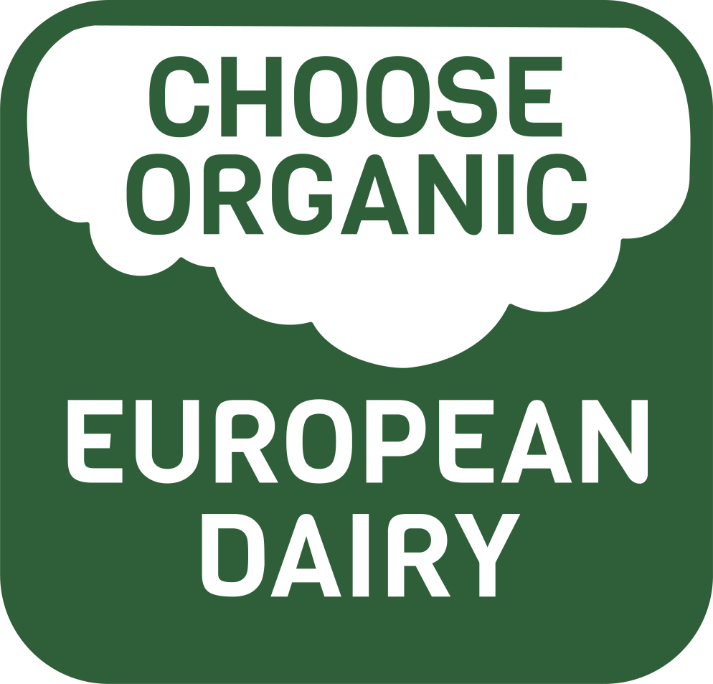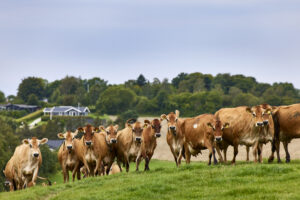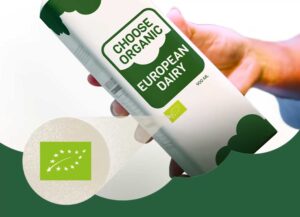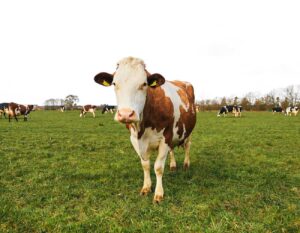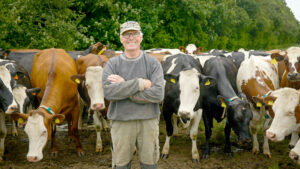Eating a balanced diet is a common New Year’s resolution. While many start off strong, their motivation often fizzles out after a few weeks because the goals can be difficult to sustain. This leads some to take drastic measures like heavily restricting calories, cutting out sweets, or giving up their favorite treats entirely.
A better approach is to focus on making small changes that can have a big impact over time – like adding organic European dairy to your meals. Here’s how:
Discover the benefits
Learning how organic European dairy supports your diet can help you stay motivated to achieve your wellness goals. It may also inspire you to become more mindful of your eating habits this year. According to Merete Myrup, Director of Dairy Nutrition at the Danish Dairy Board, dairy is a good source of calcium, phosphor, B-vitamins, iodine, and protein–nutrients that are essential for all age groups.
She explained that adults reach peak bone mass at the age of 20 to 30, then it starts to decline at age 50. From this point, bones gradually lose strength. That’s why calcium is essential for your bone health – not only in your younger years, but throughout your life as you age.
Choose organic European dairy
Organic dairy is produced with no artificial flavorings, colorants, sweeteners, pesticides, genetically modified organisms (GMOs), and irradiation. They’re made with utmost care for the environment and animals. In Europe, organic dairy products adhere to rigorous farming and production standards set by the European Union (EU), making them naturally good.
But how can you tell if a product is certified organic? For European products, the EU organic logo helps shoppers easily spot authentic organic options, such as organic fresh milk, organic UHT milk, or organic cream cheese. The logo features a green flag with a white leaf formed by 12 stars. If a product displays the logo, it means it has met the EU’s organic standards and is, therefore, a genuine organic product.
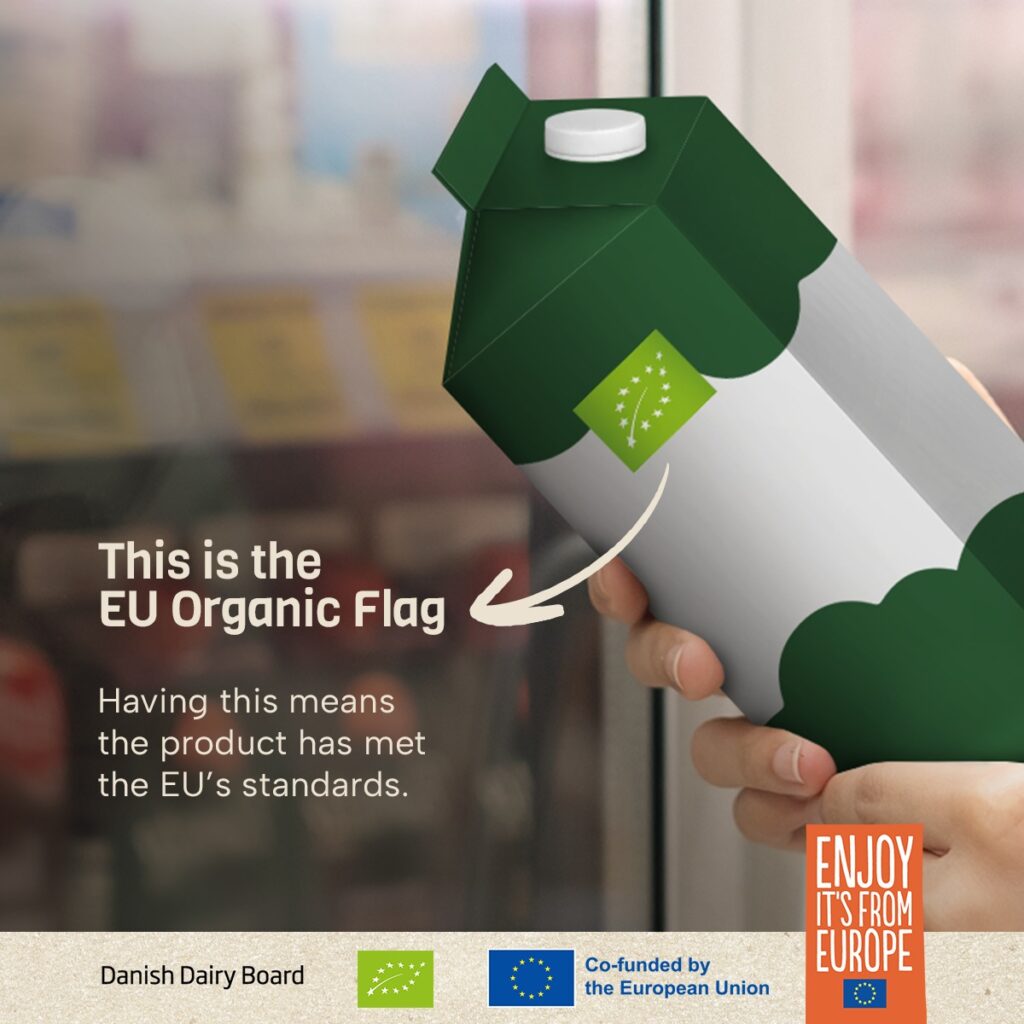
Start small
Include organic European dairy in your diet in small amounts to build a sustainable habit over time. This allows your digestive system to adjust, especially if you’re new to dairy.
Begin by adding organic milk to your coffee or smoothies. Enjoy small portions of cheese with crackers or use it to make a creamy salad dressing. By taking small steps, you can stick to your goals and make organic European dairy a regular part of your meals.
Explore recipes
Once you’ve grown accustomed to organic dairy, elevate your meals by integrating it with recipes. Start with the comforting warmth of creamy chicken tinola–a reimagined Filipino favorite with tender chicken simmered in a broth enriched with organic milk. This version blends the smooth and rich flavor of dairy with the traditional ginger-infused taste of the dish.
If you’re looking to whip a quick meal in less than 30 minutes, try tuna pesto pasta with organic dairy. Brimming with flavor, this recipe combines the mild creaminess of organic milk and cheese and the herby taste of basil pesto.
Lastly, meals wouldn’t be complete without desserts. Indulge in fluffy, cream cheese cookies, delightfully sweet with a slight tangy twist from organic cream cheese. Or enjoy fruits with a creamy fruit dip, a simple, light dip that makes every bite more special.
Keep a food journal
Food journaling is an effective way to reinforce healthy eating habits and track progress. Record details like which meal or snack included dairy (for example, organic milk in a smoothie or cream cheese on ensaymada), or note how much organic dairy you consumed for the day. By tracking what you eat, you’ll gain a deeper understanding of how organic European dairy can fit into your lifestyle.
